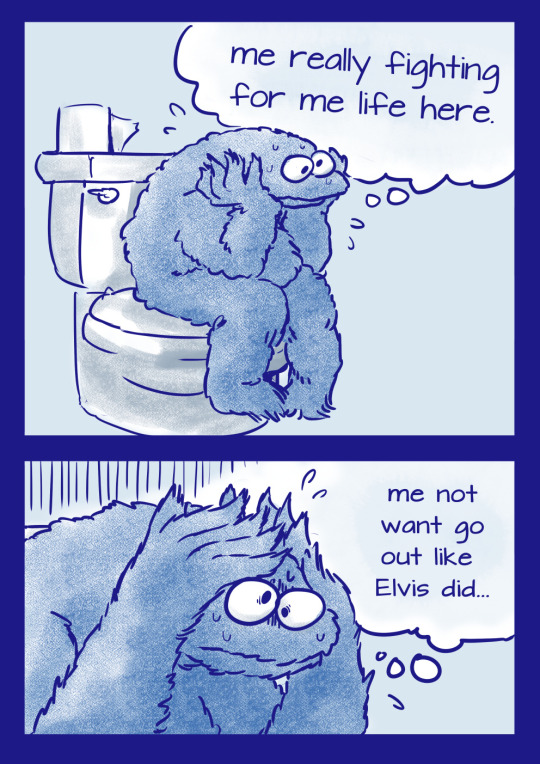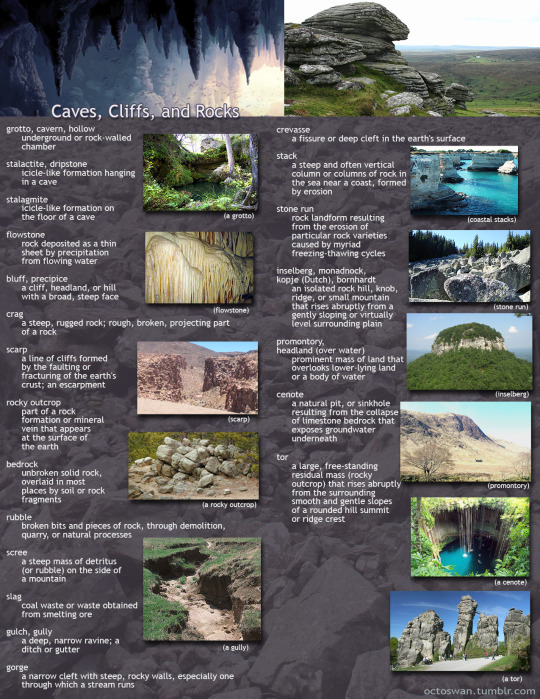Allie/Ivory, she/her majesty the king, please ask to see my oc slideshow ❤ Art blog: @ivorysodapop OC dump I haven't used in forever: @ispilledsodaeverywhere
Last active 60 minutes ago
Don't wanna be here? Send us removal request.
Text

got stuck on the toilet earlier and my inner monologue started coming in cookie monster's voice for some reason
37K notes
·
View notes
Text
Hello, tumblr user. Before you is a tumblr post asking you to name a female fictional character. You have unlimited time to tag a female character, NOT a male one.
Begin.
68K notes
·
View notes
Text
when you reblog a post because you think a specific mutual would enjoy it and then they reblog it from you


73K notes
·
View notes
Text

595 notes
·
View notes
Text
I have a limited selection of screenshots obviously but. Lines that killed me + some of the joke-y ones I can find






Yes people get way too into the term found family whether it is forcing the typical roles onto characters or using it for relationships that are just. Not family. I have a suggestion. Get into A3. The characters themselves will just say it outright. It's extremely hard to be wrong about the trope with A3
#I'M SORRY I DON'T HAVE A RELEVANT OMI IN MY FOLDER.... rip..#if amyone wants to add some. I miss them
71 notes
·
View notes
Text
Yes people get way too into the term found family whether it is forcing the typical roles onto characters or using it for relationships that are just. Not family. I have a suggestion. Get into A3. The characters themselves will just say it outright. It's extremely hard to be wrong about the trope with A3
#Every day I die about ENG version. sigh#a3!#a3! act addict actors#found family#Azami literally admitting Sakyo is basically his dad. Misumi little brother adopting everyone#a3 is like crack to found family appreciators#SPRING. even though the roles are a joke they ARE family#the affectionate 'you're our parents' joking in like every troupe. I mean it
71 notes
·
View notes
Text
i fucking hate my brain it wants to do so many things and it cant even focus on one of them. like its like "start an rpgmaker game!" "no, you should learn godot!" "what about your 3d models on blender??" "but you have that comic to work on!!" "you should also just draw more things in general" and im like SHUT UUUUPPP it feels like this

10K notes
·
View notes
Text
I think HCing characters with physical disabilities is good and should be done more often but whenever I do it I feel like

52K notes
·
View notes
Text


Father and daughter
#who is out here calling this found family that's not found family#he ADOPTED HER. THAT'S JUST FAMILY
224 notes
·
View notes
Photo





I made these as a way to compile all the geographical vocabulary that I thought was useful and interesting for writers. Some descriptors share categories, and some are simplified, but for the most part everything is in its proper place. Not all the words are as useable as others, and some might take tricky wording to pull off, but I hope these prove useful to all you writers out there!
(save the images to zoom in on the pics)
208K notes
·
View notes
Text
people are getting high as fuck on new stupid drug called "night drawing" its making them stay iup all the goddamn night drawing. and brother let me tell you. the drawings. not even good
25K notes
·
View notes
Text
usually when you have a stomach bug your body is like yes sir we'll get this punk out of here, 48 hours tops. then you get a cold and your body is like I dunno ... between a few hours and eleven months ... maybe a week minimum .... you gotta understand we're short staffed
47K notes
·
View notes
Text
top 3 places to bleed out:
1. the snow
2. your lover/best friend/homoerotic comrade’s arms
3. bathroom floor
83K notes
·
View notes
Text

ok this dni has me sobbing
proshippers are the ONLY thing on the list
this person doesn’t know what they are
20K notes
·
View notes

